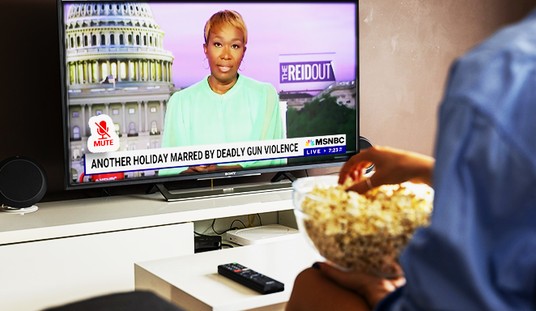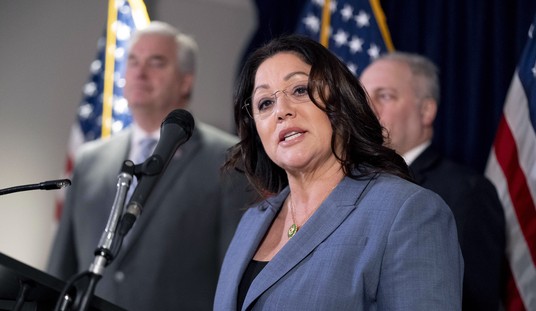The Census Bureau has begun rolling out state-by-state demographic data distilled from the 2010 Census. They include statistics on race and Hispanic origin that can be broken down with meticulous geographic precision. If you want to know how many African Americans live in Arkansas's Benton School District (1,302), or whether Maryland's white population has gone up or down since 2000 (down 0.9 percent), or which Vermont county has the most Hispanics (Chittenden, with 2,586), the Census Bureau can tell you. Spend a while with the census search engine, and you could be forgiven for thinking that the nation's racial composition has never been defined with such pinpoint accuracy.
In fact, the nation's racial composition has never been defined with less accuracy, and the margin of error is widening. Why? Because of the growing number of Americans like Michelle López-Mullins, who render the government's racial categories meaningless or obsolete. The University of Maryland student was introduced last week in a New York Times story that illustrates the difficulties faced by the bean-counters in an increasingly post-racial society:
The federal Department of Education would categorize Michelle López-Mullins -- a university student who is of Peruvian, Chinese, Irish, Shawnee, and Cherokee descent -- as 'Hispanic,'" Susan Saulny's story began. "But the National Center for Health Statistics, the government agency that tracks data on births and deaths, would pronounce her 'Asian' and 'Hispanic.' And what does Ms. López-Mullins's birth certificate from the State of Maryland say? It doesn't mention her race.
"Ms. López-Mullins, 20, usually marks 'other' on surveys these days. But when she filled out a census form last year, she chose Asian, Hispanic, Native American, and white."
Though most Americans may still think of themselves as belonging to a single race, the multiracial population is surging. Racial boundaries are more permeable and easier to ignore than they have ever been before.
Recommended
Today, one in seven new marriages -- 14.6 percent -- unites spouses of different races, according to the Pew Research Center. The interracial marriage rate has doubled since 1980, and is six times what it was in 1960. For some combinations, the rate of increase has been even more rapid. When Barack Obama was born in 1961, less than one new marriage in 1,000 was, like his parents', that of a black person and a white person. "By 1980, that share had risen to about one in 150 new marriages," Pew notes. "By 2008, it had risen to one in 60."
Although Obama identified himself simply as "black" in the census enumeration last year, a swelling cohort of younger Americans refuses to be so easily pigeonholed. The Census Bureau currently recognizes 63 possible racial labels, but that taxonomy is as limited and artificial as the one in an earlier age that sorted Americans into the categories of "white," "Japanese," "Chinese," "Negroes," "mulattoes," "quadroons," "octoroons," and "civilized Indians." By what logic, for example, did the 2010 questionnaire classify Korean, Chinese, and Vietnamese as separate races, yet lump Scandinavians, Arabs, and Slavs together as "white"? With so many millions of Americans dating, marrying, and loving across the color line, and with the population of blended Americans exploding, isn't it clearer than ever that the pressure to keep sorting ourselves into races that have no objective genetic meaning anyway is incoherent and counterproductive?
Yet instead of shutting down the racial bean-counters, the government is giving them new powers. The Times reports that new Department of Education rules require any student who acknowledges any Hispanic ethnicity at all to be reported solely as "Hispanic" in federal filings. That doesn't sit well with López-Mullins, whose Peruvian-Chinese-Irish-Shawnee-Cherokee family tree is considerably more diverse and interesting than the word "Hispanic" alone can possibly convey.
To be sure, some lobbies and grievance groups profit handsomely from aggravating racial distinctions. But most Americans have moved beyond the color-consciousness of generations past, and it's time federal agencies did too. Congress ought to instruct the Census Bureau to stop counting Americans by race, and to mark the occasion by installing at its headquarters a great monument bearing these words, which Thurgood Marshall wrote for the NAACP Legal Defense Fund in the 1950 Supreme Court case of McLaurin v. Oklahoma:
"Racial criteria are irrational, irrelevant, [and] odious to our way of life."


